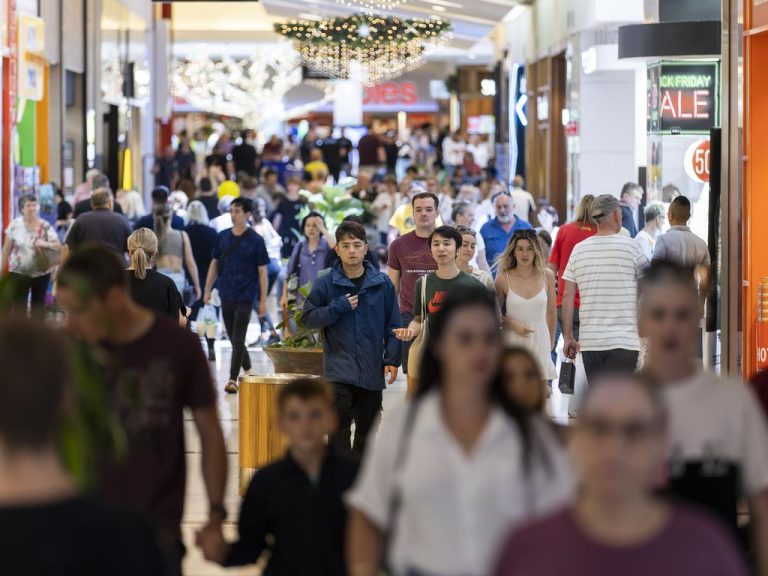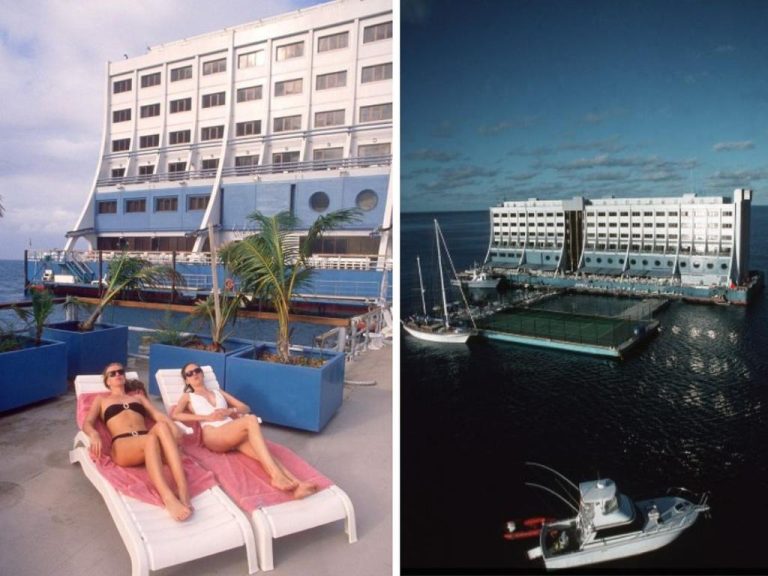Bounce back: fringe offices make city rebound
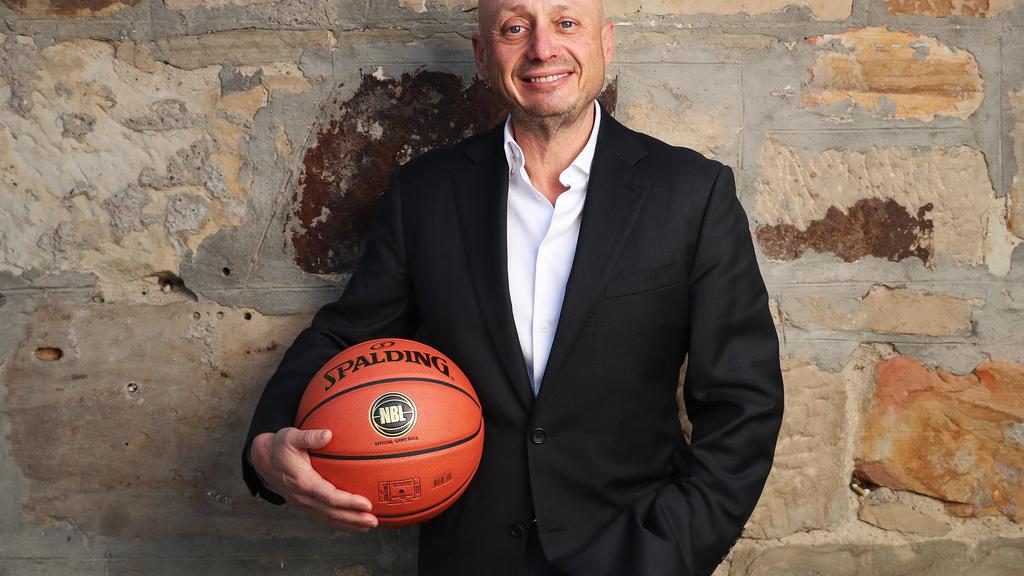
Billionaire Larry Kestelman’s property investment and development company has snapped up a site in Melbourne’s inner-city and will develop a new top-grade office block. Picture: Nikki Davis-Jones
After their big price reset, which may still have more to run, the country’s fringe office markets are winning fresh investors, and private developers are kicking off new projects.
In one of the highest-profile moves, billionaire Larry Kestelman’s property investment and development company has snapped up a site in Melbourne’s inner-city Cremorne and will develop a new top-grade office block in the hot precinct.
The complex will complement another block in the area being developed by his LK Property Group, and he is bullish about where the best fringe office markets are headed – but warns that other areas could suffer more.
Other investors are already warming to the theme. They are buying into markets where prices have dropped and buildings are trading at below replacement cost, but they believe tenants will stay put despite the shift to working-from-home.
The series of moves mean that metropolitan office markets, which are the real lifeblood of cities away from the central business districts, are finding a new level and activity as both sales and leasing are on the rise.
The veteran developer, best known for owning the National Basketball League, has long had a property arm and is getting active as market conditions improve.
With him having previously built the $800m Capitol Grand building in Melbourne’s South Yarra, his projects now span both the Victorian capital and Sydney.
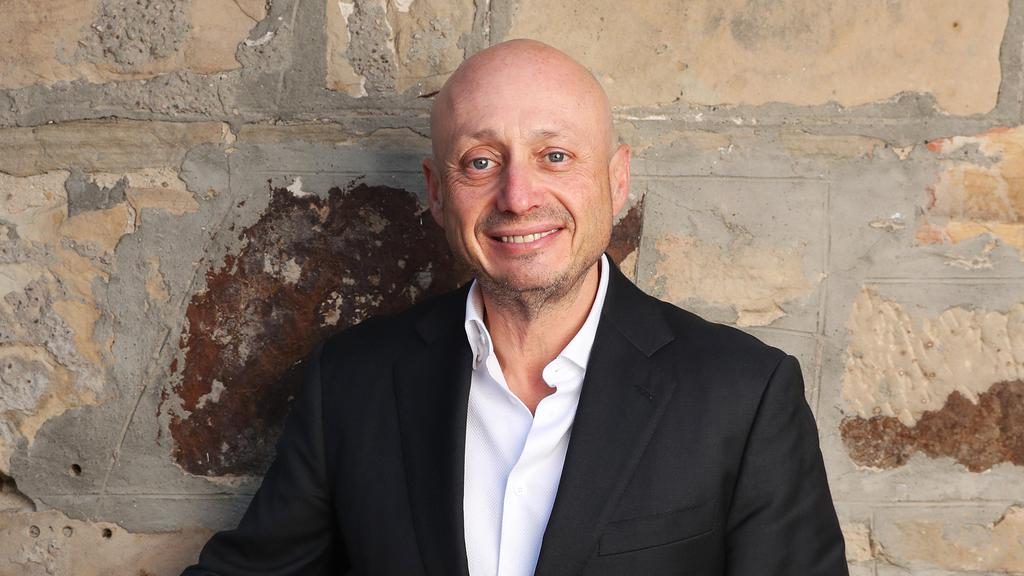
Billionaire Larry Kestelman. Picture: Nikki Davis-Jones
Mr Kestelman is already building 88 Green St in Cremorne, which will house the new LK Group, the NBL and his Brand Collective operations.
His latest play is for the Venus Packaging site on Church St where he paid more than $40m and another top class office building is planned.
“I believe the world has shifted now, where people want to work outside of the CBD,” he said. But it must be in the best location to work.
“This is the Toorak of the office market outside the CBD.”
“I really believe in the Cremorne area,” Mr Kestelman said. “It’s where all the cool kids work,” he added in a nod to the creatives and entrepreneurs flocking to the trendy area.
Cremorne is known for its hi-tech businesses and innovation jobs, and as a digital hub.
The developer does not plan to demolish the well-known Church St building but plans to use the existing shell to construct a higher tower that will be premium quality.
Mr Kestelman says many larger developers have shied away from office projects as markets have been tough.
“I look a little bit more long term,” he said. “I’ve been doing this a while and I don’t get scared off easily.”
His rational is simple. “People are back in the office working,” he said, while admitting there will be more pain. “The ones I think that are in trouble are the B and C grade offices.”
Mr Kestelman says that workers do not want to work in poor spaces. “You need to have a premium location and space,” he said.
JLL said that in the first quarter of 2024, the Melbourne fringe had a strong quarter of completions, however it noted the weak precommitment rate among these projects.
This resulted in the headline vacancy rate increasing and there was a softening in effective rents, as incentives continued to accelerate.
The Ukraine-born entrepreneur is not afraid to think outside the box as “not everyone wants to go to CBD”. And he argues that Cremorne is the best area for the city’s wealthy southeast suburbs.
But he says St Kilda Road faces problems as there are very few new buildings – or even refurbishments – and most are not energy-compliant. “It’s very old school and there is nowhere to eat,” he said.
Mr Kestelman says people want spaces they can enjoy. “They want to go to a cool pub,” he said. “They want a bit of a vibe … none of that exists on St Kilda Road.
“Cremorne, Richmond – that’s the buzz area,” he said.
Other landlords still believe their value in the suburban office portfolios – and they are realising it by striking sales at prices above book value.
Pure-play office fund Centuria Office REIT has just sold 555 Coronation Drive in Toowong, to Exceed Capital for just under $37.4m. The deal showed the appetite for smaller scale, well-located metropolitan offices with strong leasing and sustainability.
The A-Grade property is fully occupied and was sold via Knight Frank’s Justin Bond and Blake Goddard and CBRE’s Jack Morrison and Adelaide O’Brien.
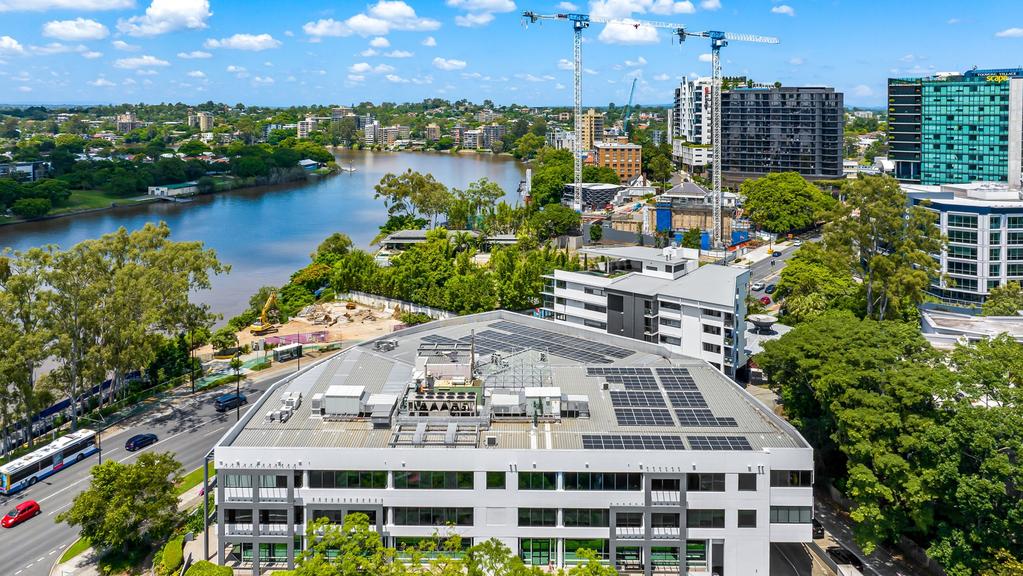
Centuria Office REIT has sold 555 Coronation Drive, Toowong, for just under $37.4m
COF fund manager Belinda Cheung said the fund had sold four metropolitan office assets either at or close to their book values this financial year, reaping about $139m. It has sold buildings including 54 Marcus Clarke St in Canberra, ACT; 35 Robina Town Centre Drive in Robina, and 1 Richmond Rd, Keswick, SA.
“These have been assets where the REIT has extracted value through a series of refurbishments and measures to improve amenity and sustainability efficiencies. The value-add strategies have resulted in strong leasing and occupancy for the assets, which in turn has generated comparably strong investment demand,” she said.
Rival Charter Hall has also sold a series of smaller buildings in Brisbane and Sydney, and Dexus and Mirvac have smaller office sales in train. While some larger offices are being prepared for sale, much of the action has been at the smaller end.
“Most of Australia’s office transactions completed in the past 18 months have been for smaller scale assets below the $100m threshold, demonstrating market demand and a deeper buyer pool for assets in this category nationwide,” Ms Cheung said.
She also cited midterm market tailwinds based on Australia’s population growth and falling supply of new office developments in metropolitan markets.
“Looking forward, development feasibilities have been impaired due to rising construction costs, increased finance costs and softening capital market transactions, pushing economic rents significantly above prevailing rents in the majority of Australian office markets,” Ms Cheung said.
She also noted strong forecast population and white collar employment growth, with 2.6 million more workers in Australia by 2033, and an estimated 27 per cent expected to be white collar workers.
Ms Cheung said this was likely to generate up to seven million square metres of additional office space demand. “This will be particularly beneficial for high quality, existing portfolios.”

